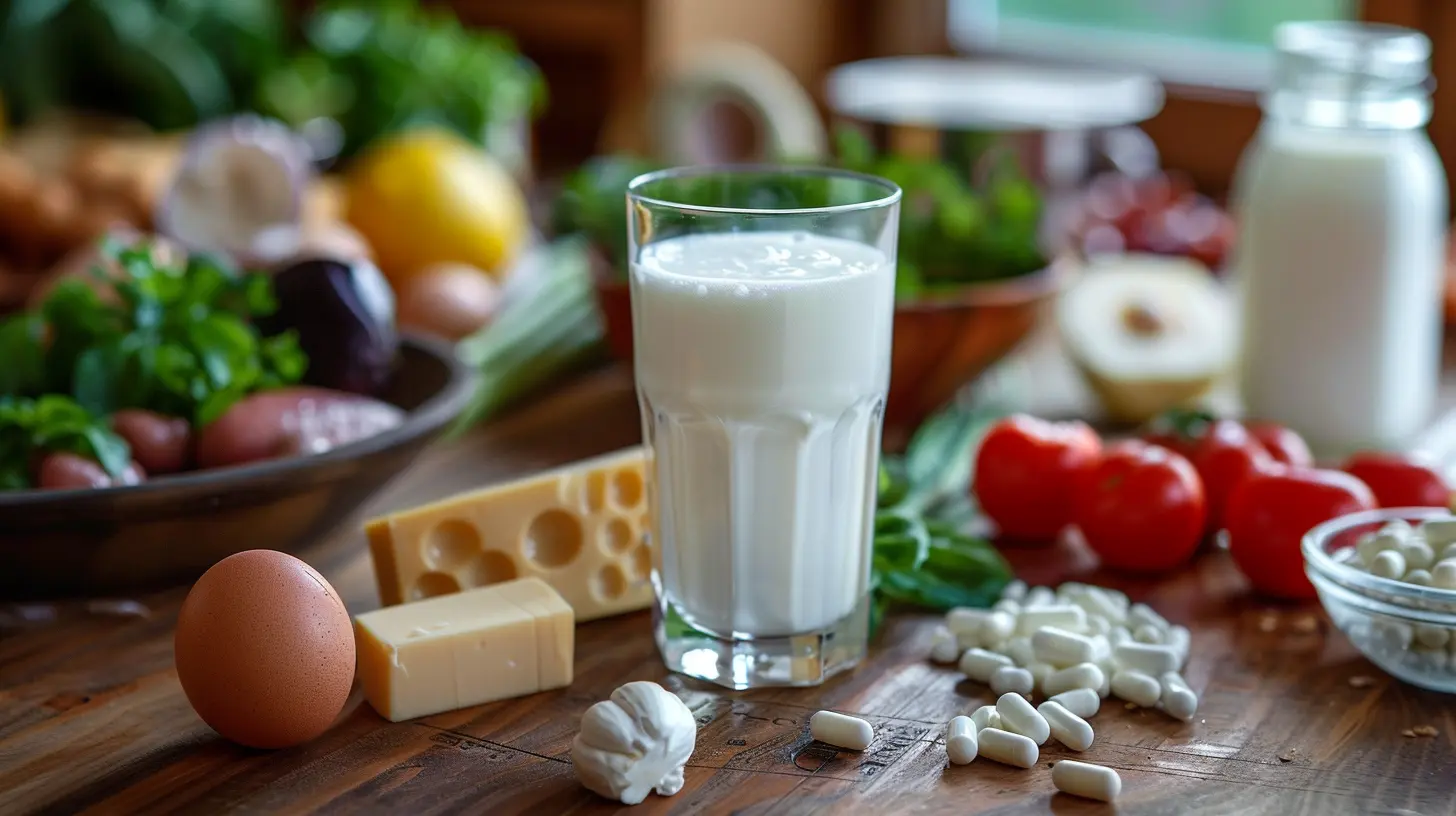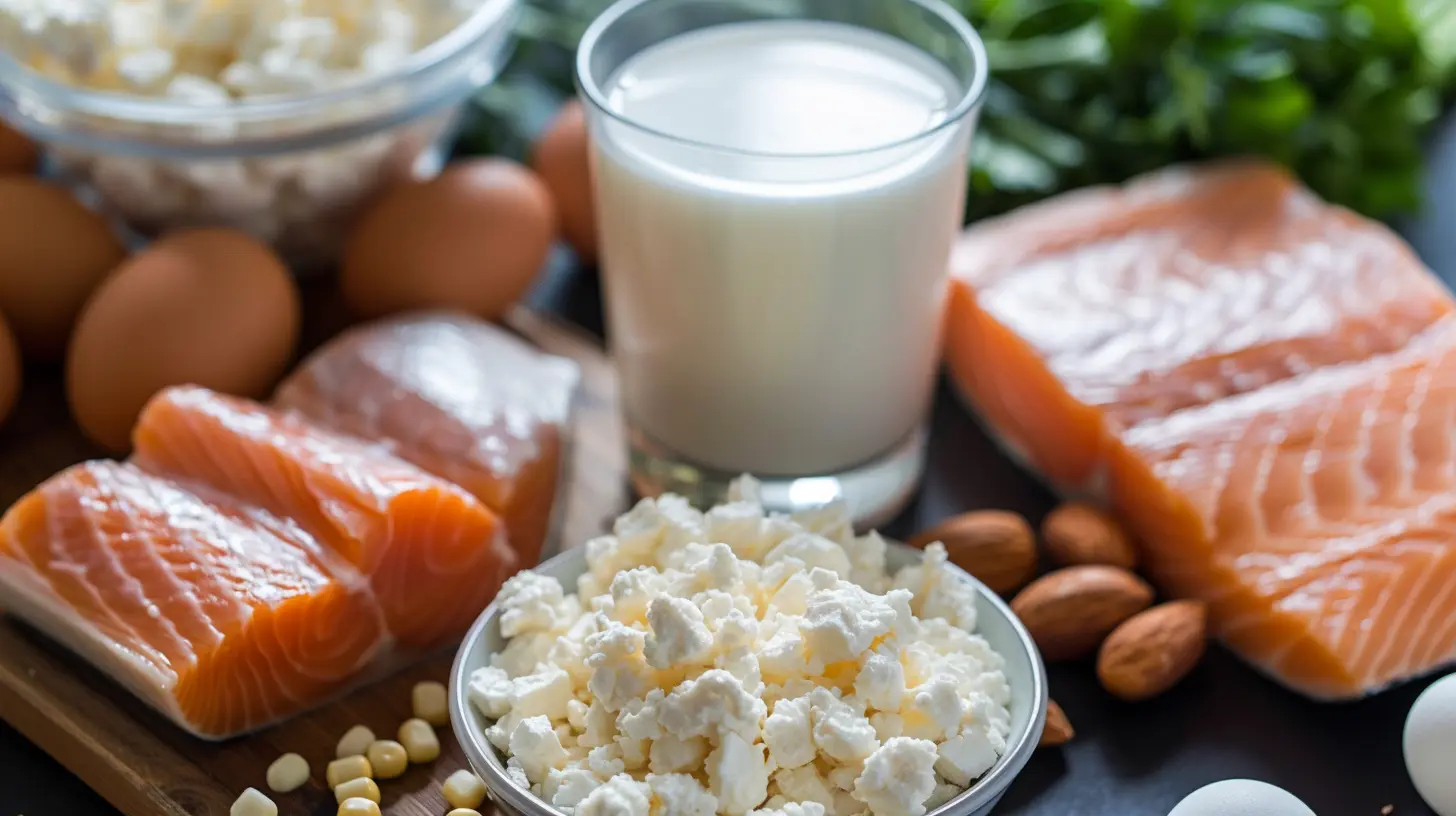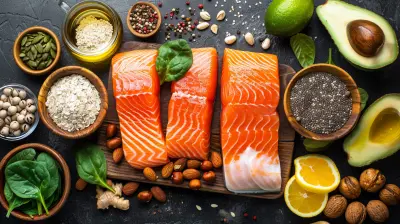Building Strong Bones: Calcium and Vitamin D for Kids
20 October 2025
When it comes to raising healthy kids, strong bones should be a top priority. After all, their bones are the foundation of their growing bodies. But here’s the thing—bones don’t magically get stronger on their own. They need the right nutrients, particularly calcium and vitamin D, to develop properly.
So, why are these two nutrients so important? And how can you make sure your child is getting enough of them? Let’s break it all down in a way that’s easy to understand.

Why Strong Bones Matter for Kids
Bones do more than just hold us up—they protect organs, store essential minerals, and even help produce blood cells. Childhood and adolescence are critical times for bone development because 90% of peak bone mass is achieved by age 18–20. That means the foundation for lifelong bone health is set during these early years.If kids don’t get enough calcium and vitamin D, they risk weak bones, fractures, and even long-term conditions like osteoporosis later in life. The good news? With the right diet and habits, you can help your child build strong, healthy bones that will last a lifetime. 
Calcium: The Building Block of Strong Bones
Calcium is the main mineral in bones, acting like the bricks of a building. Without enough of it, bones can become weak and fragile. What’s even more important to know is that the body doesn’t produce calcium on its own—it has to come from food or supplements.How Much Calcium Do Kids Need?
The recommended daily intake of calcium varies by age:- 1–3 years old: 700 mg per day
- 4–8 years old: 1,000 mg per day
- 9–18 years old: 1,300 mg per day
Teenagers need more calcium because their bones grow rapidly during puberty. If they don’t get enough during this phase, they might end up with weaker bones as adults.
Best Sources of Calcium for Kids
Getting kids to eat calcium-rich foods can be easier than you think. Here are some of the best options:- Dairy Products – Milk, cheese, and yogurt are packed with calcium. A single cup of milk contains about 300 mg, which is almost half the daily requirement for younger kids.
- Leafy Greens – Spinach, kale, and broccoli offer plant-based calcium. They’re great additions to meals, even if kids aren’t big fans of veggies.
- Fortified Foods – Many cereals, plant-based milks (like almond or soy milk), and juices have added calcium. It's a great option for kids who don’t eat dairy.
- Nuts and Seeds – Almonds, chia seeds, and sesame seeds contain some calcium and make for great snacks.
- Fish with Edible Bones – Canned salmon and sardines are excellent sources, though not every child will love them. 
Vitamin D: The Key to Absorbing Calcium
Calcium is essential, but without vitamin D, the body can’t absorb it properly. Think of it like a key unlocking the door to strong bones—without the key, calcium doesn’t get in.Vitamin D helps regulate calcium levels in the blood, ensuring bones get what they need. Unfortunately, many kids (and adults) don’t get enough vitamin D, leading to potential bone weakness.
How Much Vitamin D Do Kids Need?
The daily recommended intake for vitamin D is:- Infants (0–12 months): 400 IU (International Units)
- Children & Teens (1–18 years old): 600 IU
Best Sources of Vitamin D for Kids
Vitamin D is tricky because very few foods naturally contain it. Here’s where kids can get their daily dose:- Sunlight – The best natural source! When skin is exposed to sunlight, the body makes vitamin D on its own. Around 10–30 minutes of direct sun exposure several times a week is usually enough.
- Fatty Fish – Salmon, tuna, and mackerel are packed with vitamin D.
- Egg Yolks – A simple, kid-friendly source of vitamin D.
- Fortified Foods – Many dairy products, plant-based milks, and cereals have added vitamin D.
- Supplements – If food and sun exposure aren’t enough, vitamin D supplements can help. Speak with a pediatrician before starting any supplement. 
Signs Your Child Might Not Be Getting Enough Calcium or Vitamin D
It’s not always obvious when a child is lacking these essential nutrients, but some warning signs to watch for include:- Frequent bone fractures or slow healing
- Weak or brittle teeth
- Muscle cramps or weakness
- Fatigue or low energy levels
- Delayed growth
Severe deficiencies can lead to conditions like rickets, a disease that softens bones and leads to deformities. While rare today, it’s still a concern for kids who don’t get enough vitamin D.
Tips to Help Kids Build Strong Bones
Strong bones aren’t just about calcium and vitamin D—other lifestyle choices play a huge role, too.Get Kids Moving
Bones get stronger when they’re used. Activities like jumping, running, and playing sports help stimulate bone growth. Encourage weight-bearing exercises like:- Jump rope
- Basketball
- Dancing
- Hiking
- Gymnastics
Even simple outdoor play can do wonders for bone strength!
Limit Sugary Drinks and Processed Foods
Soda and sugary snacks can actually weaken bones. High sugar intake can mess with calcium absorption, making it harder for the body to use what it gets. Instead, swap sodas for milk, water, or calcium-fortified juices.Encourage a Balanced Diet
A well-rounded diet with protein, magnesium, and vitamin K also supports bone health. Foods like nuts, seeds, lean meats, and whole grains play an important role in overall bone development.Make Healthy Eating Fun
If your child isn’t a fan of dairy or veggies, try fun ways to incorporate these nutrients:- Make smoothies with yogurt and spinach
- Use cheese as a fun topping for veggies
- Bake homemade granola bars with nuts and seeds
- Let kids help cook—engaging them makes them more likely to eat healthy foods
Final Thoughts
Building strong bones during childhood sets the stage for a lifetime of good health. Getting enough calcium and vitamin D is crucial, and the best way to ensure your child gets what they need is through a balanced diet, regular outdoor play, and healthy habits.Remember, bones are like a savings account—the more you invest in them during childhood, the stronger they’ll be in the future. So, start today and give your child the best chance at a lifetime of strong, healthy bones!
all images in this post were generated using AI tools
Category:
Pediatric HealthAuthor:

Arthur McKeever
Discussion
rate this article
1 comments
Duke Franklin
Essential nutrients like calcium and vitamin D are vital for children's bone health!
October 21, 2025 at 3:41 AM

Arthur McKeever
Absolutely! Calcium and vitamin D are crucial for developing strong bones in children.


